ماژول گیرنده و فرستنده رادیویی NRF24L01 SMD
The NRF24L01 module is a transceiver (sends and receives) whose operating band is 2.4 GHz and can handle baud rates from 250 kbps to 2 Mbps.
If it is used in an open space and with a low baud rate it can reach 100 m.
The module can use 125 different channels, which gives the possibility of working independently with 125 modems in the same place.
Each channel contains 6 addresses, or a single address that can communicate up to 6 units at the same time.
During transmission the current consumption is around 12 mA, the operating voltage of the module goes from 1.9V to 3.6V, but the other terminals support 5V logic.
The module uses 8 pins for its external interface and works with the SPI communication standard.
SPECIFICATIONS AND FEATURES
Supply voltage from 1.9 to 3.6V
2.4GHz ISM band
Data rate: 250KHz up to 2Mbps.
11.3mA TX at 0dBm output power
12.3mA RX at 2Mbps data rate
900nA when off
22µA standby-I
ShockBurst™ Enhanced
Compatible with nRF2401A, 02, E1 and E2
Application
• Wireless mouse, keyboard, joystick
• Keyless entry
• Wireless data communication
• Surveillance
• Alarm and security systems
• Home automation
• Automotive
• Telemetry
• Intelligent sports equipment
• Industrial sensors
• Toys
NRF24L01 pinout and specifications are given below.
NOTE: Don’t connect the VCC pin directly to the 5V pin of Arduino. Use a 3.3 V regulator.
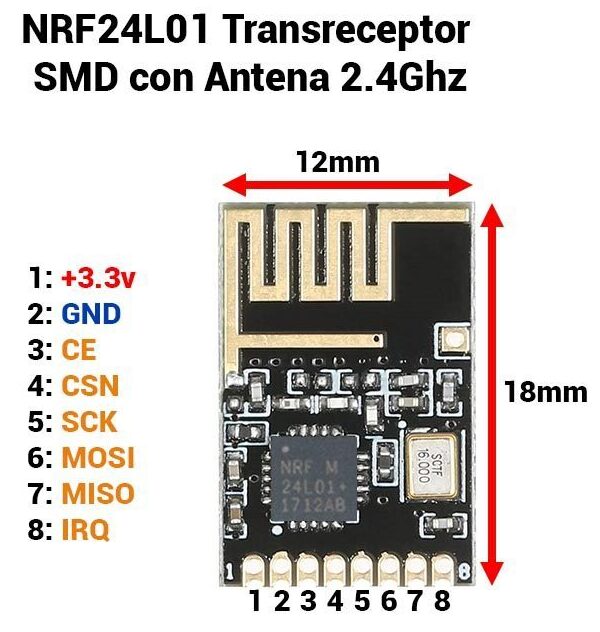
PINOUT
GND is the ground pin. It is marked with a square to identify it from the other pins.
VCC supplies power to the module. It can be anywhere from 1.9 to 3.9 volts. You can connect it to the 3.3V output from your Arduino.
Remember that connecting this to the 5V pin will probably destroy your nRF24L01+ module!
CE (Chip Enable) is an active-high pin. When selected, the nRF24L01 will either transmit or receive, depending on which mode it is currently in.
CSN (Chip Select Not) is an active-low pin and is normally kept HIGH. When this pin goes low, the nRF24L01 starts listening on its SPI port for data and processes it accordingly.
SCK (Serial Clock) accepts clock pulses provided by the SPI bus master.
MOSI (Master Out Slave In) is the SPI input to the nRF24L01.
MISO (Master In Slave Out) is the SPI output from the nRF24L01.
IRQ is an interrupt pin that can alert the master when new data is available to process.

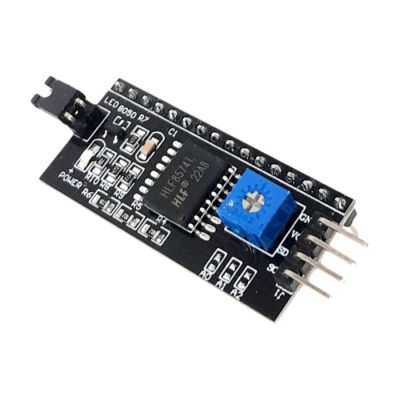
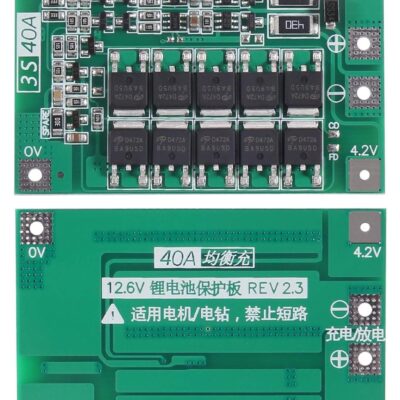
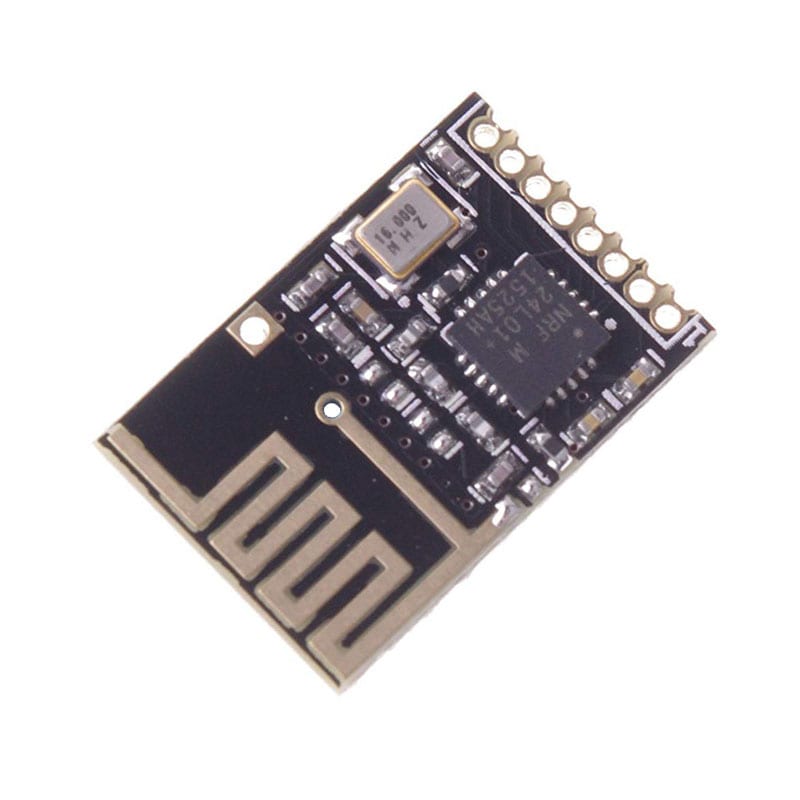
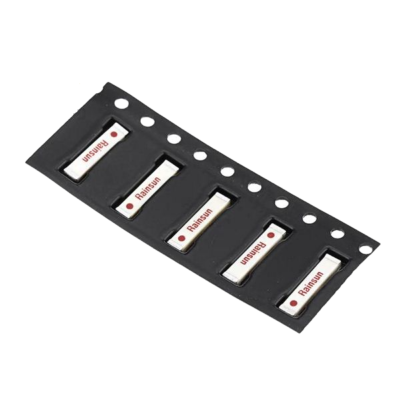
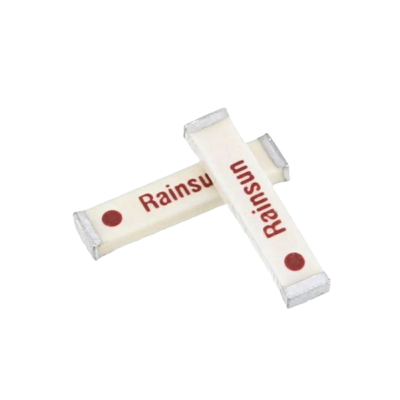


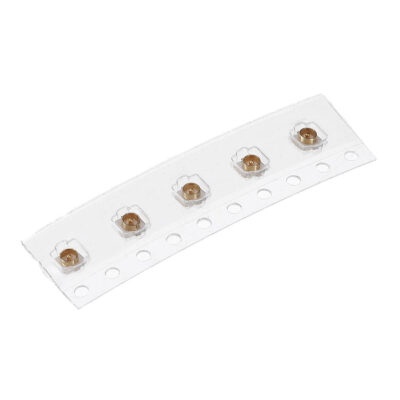
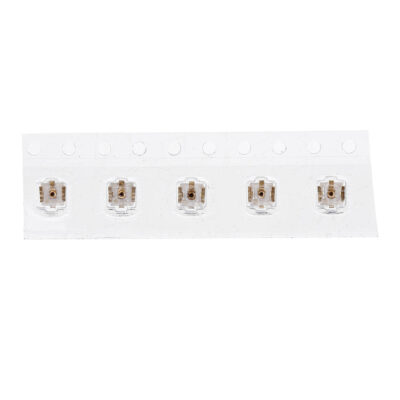

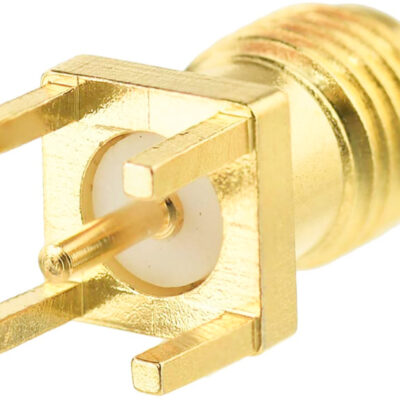
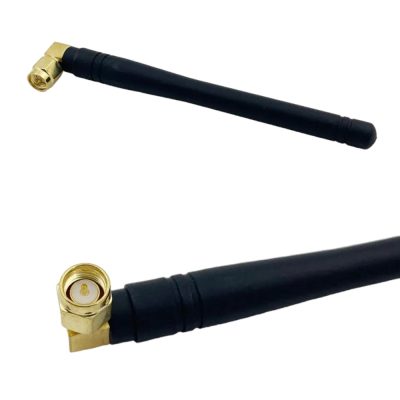
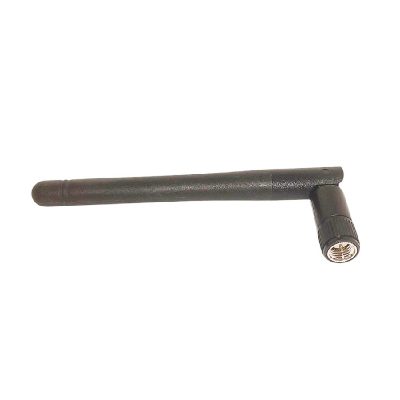
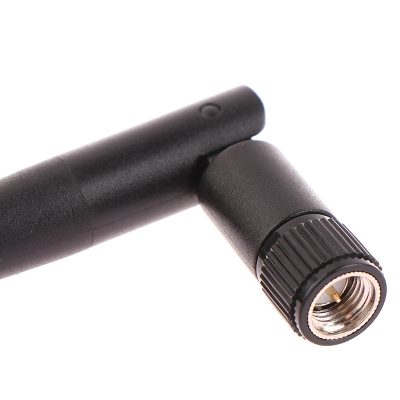
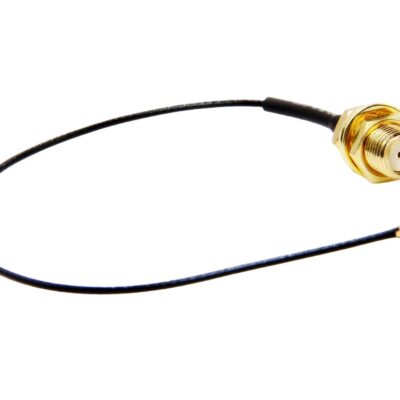

دیدگاهها
هیچ دیدگاهی برای این محصول نوشته نشده است.